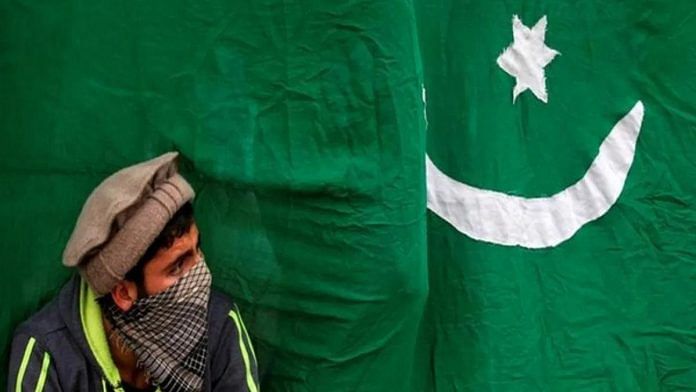New Delhi: Four tehsils in Sindh are seeing a rampant rise in HIV positive cases. This is part of an outbreak that began in 2019. Federal health officials say that 21 new cases of HIV were reported in the last week of February alone.
In the Larkana, Jacobabad, Qambar Shahdadkot, and Shikarpur districts, the virus is seeping into the general public, outside of those constituting “key populations including injectable drug users, transgender men, men having sex with men, and women who are sex workers”, a health official told GeoNews.
The newly infected population includes both adults and children. Health officials point towards the inadequate Infection Protection and Control in the province. “IPC guidelines are not being followed by the general practitioners, private hospitals and even the small healthcare facilities except some of the leading tertiary-care health facilities in these districts,” said Dr Ershad Kazmi, additional director (Communicable Disease Control) of HIV/AIDS, Sindh.
In 2019, a notification was issued by the state government’s Department of Health. It said a committee would be set up in accordance with IPC policies and would oversee “IPC activities” through an IPC cell.
“The regulatory departments exist only on documents and in offices… practically, they are ineffective,” Rafiq Khanani, a doctor with the president of the Infectious Diseases Society of Pakistan told Al Jazeera.
Also Read: 18 dead, 50 ill in this Karachi district and no one knows exactly why
The root of the outbreak
Poverty is said to be at the root of the spike in HIV cases. Affected families are unable to administer medicine and are forced to cover costs arising from the illness itself. They are told to go to private hospitals, whose gargantuan fees they cannot afford, as public hospitals are overcrowded. They are also mostly in cities, far away from the outbreak which is in the villages of Sindh.
In 2019, Al Jazeera reported that at least 50 children had died since being diagnosed with the disease. Pediatric specialist Fatima Mir, who analysed the data, was surprised that they were this low. She had expected them to be much higher, given the level of malnutrition that children from these districts suffer.
Dr Muzaffar Ghangro has been blamed for the outbreak. The paediatrician is reported to have given “hundreds” of people HIV through the use of a single, contaminated syringe. Authorities claim that he is also HIV positive. Ghangro was charged, but he has denied the allegations. He was out on bail as per a 2021 report by Al Jazeera.
“Possible drivers of the outbreak seem to indicate unsafe practices of blood transfusion and re-use of injection needles and syringes, although this is being further investigated,” the World Health Organisation had said when the outbreak began.
(Edited by Theres Sudeep)






